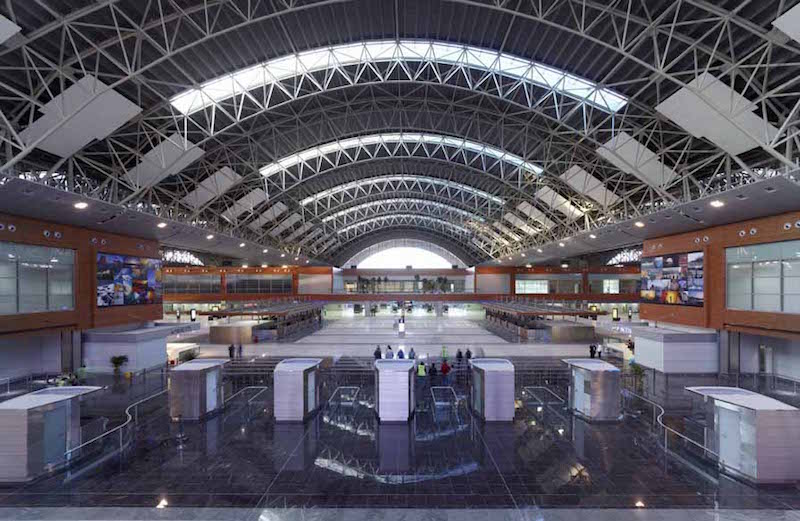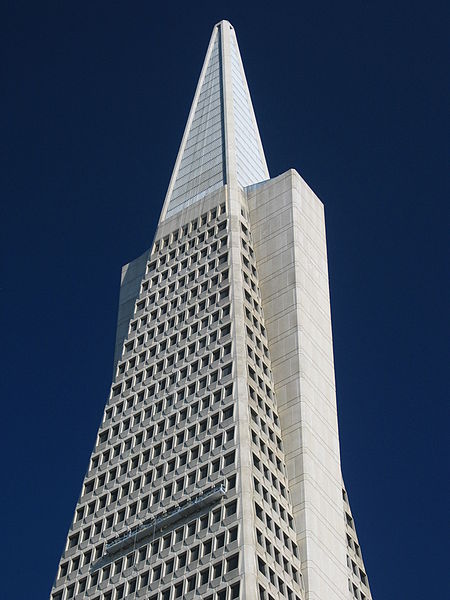Earthquakes are one of the significant havoc causing forces of nature, capable of ruining whole cities in the blink of an eye. Structures can suffer immense damage when an earthquake strikes depending on its scale. That’s why the engineers keep this into account while laying out their base structure plan for buildings.
Let’s travel around the world together in this article and discover the top 5 earthquake-resistant structures to see how buildings can be designed to resist extreme seismic loadings.
We all are very well familiar with the existence of tectonic plates and how they affect the movement of the Earth’s crust. Earthquakes happen when these tectonic plates move or crash into each other, releasing large amounts of energy. This is measured using the Richter scale.
A geologist from Plymouth University tells us how earthquakes happen and how they affect structures. Knowing that waves originate from the base of a structure, moving towards its whole body is essential in designing earthquake-resistant buildings.
Base Isolation, The Key Role Player
Base Isolation is what plays a crucial role in making a building earthquake-proof. It is a technique developed by engineers to prevent – or at least minimize the possible damage to buildings when exposed to earthquakes. These kinds of systems are used all over the world and are most prevailing in New Zealand, India, Japan, Italy, and the United States.
More conventional constructions, like solid-base buildings, tend to be built directly onto the ground. While this is a useful practice for places that do not experience frequent earthquakes, it is highly advised against if you lie on the fault line.
When an earthquake hits the ground and the building standing tall on it moves with the earthquake’s motion, it causes massive damage to the building. Hence, most earthquake-proof buildings are separated from the ground in some manner minimizing the shock effect.


This separation from the ground usually involves using flexible bearings or pads known as base isolators. These kinds of systems act as absorbers during a quake to fight the forces generated by the movement of the building.
For the general understanding, the base isolators operate similarly as of car suspensions, which we all know allows a vehicle to drive over rough ground by absorbing the shock of the patchy roads, without discomforting the passengers inside.
As narrated by the Science Learning Hub, “during an earthquake, a building can move around 11 inches relating to the perspective of ground. Hence, the use of base isolation also means there must be a way to address movement during an earthquake. This means a “rattle space” or “moat” has to be put in place around the building so that it doesn’t fall into something nearby. Building provisions such as water, sewerage, and electrical also need designs to accommodate this movement without being damaged.”
Base isolation can be saving techniques for many medium-rise brick or stone buildings and can reinforce concrete ones. However, it is not suitable for all types of structures. Base isolators usually have a limited ability to absorb the massive shocks from the ground. This means that taller buildings have a genuine risk of overturning or falling during earthquakes if they have base isolators installed. For such structures, other preventive methods help out.
Top 5 Earthquake Resistant Structures
1. Sabiha Gökçen International Airport is one of the world’s most earthquake-proof buildings, and the airport serves the historical city of Istanbul. It also seemingly is one of the world’s most earthquake-proof buildings. It is one of the two international airports in Istanbul, Turkey, which locates near the North Anatolian fault. The design was laid out by the engineering firm Ove Arup to have 300 base isolator systems that can withstand an earthquake of up to a maximum of 8.0 Mw.

2. The Transamerica Pyramid is an iconic 1970s structure located in the Californian city of San Francisco. It rests near the San Andreas and Hayward fault lines. In 1989, the Loma Prieta earthquake struck the area at a magnitude of 6.9 Mw, which caused the top story of the structure to sway by almost one foot (30 cm) from side to side for more than a minute. Still, the building amazingly stood tall and undamaged, proving the effectiveness of engineering and base isolation systems.

3. Burj Khalifa is a skyscraper that doesn’t require any introduction. It is merely one of the most iconic supertall structures in the world. It also happens to be an earthquake-proof building! The building consists of mechanical floors where outrigger walls connect the perimeter columns to the interior walls. With this in effect, the perimeter columns get to support the lateral resistance of the structure. The verticality of the columns also helps with carrying the gravitational loads.

4. Taipei 101 is famous for its architectural design, and the mind-blowing fact about this building is that it engineers the most massive tuned mass dampers in the world! It’s a giant metal ball that counteracts significant transient loadings like wind and earthquakes to reduce the sway of the supertall tower.

5. The Philippine Arena sits along the so-called Pacific Ring of Fire, home of the world’s most famous and active chain of earthquake fault lines, increasing the vulnerability of tall buildings in the area. In the past, earthquakes in the country have reached as much as 8.2 Mw, claiming thousands of lives. Earthquakes have also been responsible for volcanic eruptions and tsunamis in the region. However, Philippine Arena’s vast stadium roof, spanning 170m, was engineered to bear intensive transient loadings such as earthquakes, winds, and typhoons. During a shock, the lateral loads that generate throughout the structure can reach up to 40% of its mass.



